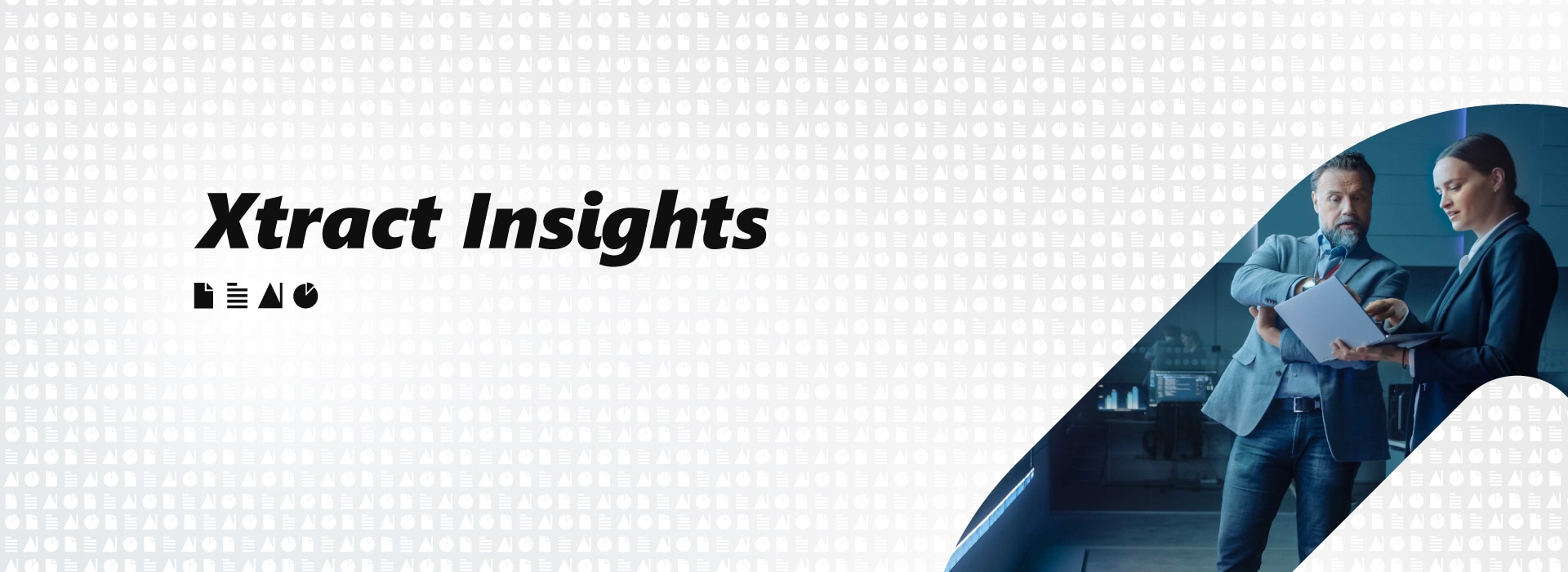Home > XtractEdge > Blogs > Debunking 5 myths of AI Document Processing
Debunking 5 myths of AI Document Processing

As per an analyst report, 80-90% of enterprise data remains untapped and locked inside unstructured documents. In the wake of accelerated digital transformation, unstructured data can create serious bottlenecks for processing information, which is much needed to digitize processes.
Creating document digitization through AI document processing should be the first step for organizations to become digital businesses. However, for businesses to make an informed choice between available AI document processing solutions, they need first to debunk a few myths.
Debunking five AI Document Processing myths
All those promises that document digitization solutions make are misleading and can convince business owners to make wrong choices. Hence, those myths need to be debunked.
Myth 1: 100% accuracy guarantee
Accuracy is deemed the wrong starting point when assessing the business use case for document processing solutions. Such claims require reference data. But, such reference data are derived out of a tiny sample set without guaranteeing how the solution will work on a large scale.
The only way to measure the performance accuracy of document digitization solutions is by implementing Intelligent Document Processing on the actual data set, followed by manual mapping of actual results vs. the expected ones.
However, manual mapping is not feasible when large data sets are involved. Hence accuracy is a proxy measure, commonly termed the confidence score. It means how confident the system is of correct extraction.
Unfortunately, many products fail to generate accurate extraction even with a high confidence score, and vice-versa. The level of data extraction accuracy stems from the kind of training data that the model was exposed to and the type of actual data it’s now running through.
This is why businesses should focus on savings in cost, effort, and time taken to carry out key business processes like loan applications.
Myth 2: Unconditional straight through processing
When AI document processing promises unconditional straight-through processing, it merely relies on the confidence score.
Businesses need to look for a system giving a reasonable accuracy to cut off into production and then benchmark exercises at regular intervals in production. One should start with a reasonable measure for basic ROI calculation and constantly improve the product performance with measurement and human feedback.
Unfortunately, most products lack benchmarks for tallying performance accuracy. Platforms like XtractEdge solve the problem with their learning and auto-tuning capabilities. These capabilities improve the product based on benchmarking data and auto-suggests corrections based on an ML model over time.
Myth 3: Implementation without calibration
A poor document quality will make a unique OOT model underperform on the client data. When choosing a document processing solution, PoC is the right step, as it allows calibration for the OOT model to work and adjust to client’s data needs. Calibration thus helps form a solid foundation, which continues from the PoC to implementation to production.
Myth 4: Customization – not required
No software platform can address all use cases for all industry verticals and business domains without customization.
There is no one-size-fits-all to align with every business need, regardless of their niches. There is an unthinkable level of complexity to consider regarding document digitization. Such complexities stem from the variety and variance of documents used in every organization, unique and different from those used by others.
Hence, customizing the product to deal with variables is essential.
There are five dimensions of document layout variance, such as:
Document processing platforms like XtractEdge solve the variance problem with an onboarding feature. XtractEdge automatically identifies and trains new layouts, improving the system as it runs. Further, if the classification goes wrong, the platform makes intelligent adjustments, like:
The onboarding queue thus saves the effort of checking every new layout manually.
Myth 5: Buy and forget
A document digitization product needs continuous training and improvement depending on the data quality and variance to handle exceptions.
And there should be a human-in-the-loop to oversee the quality of data extracted, variance and exceptions, working in tandem with the solution to get the best output.
The Bottomline
While various AI document processing solutions make many claims, they need not deliver the same output when used in real business use cases. Hence, companies should be aware of the myths mentioned above and the real story behind those myths before narrowing down on an Intelligent Document Processing solution.


Possibilities Unlimited
Possibilities Unlimited
Inspiring enterprises with the power of digital platforms
More blogs from EdgeVerve →